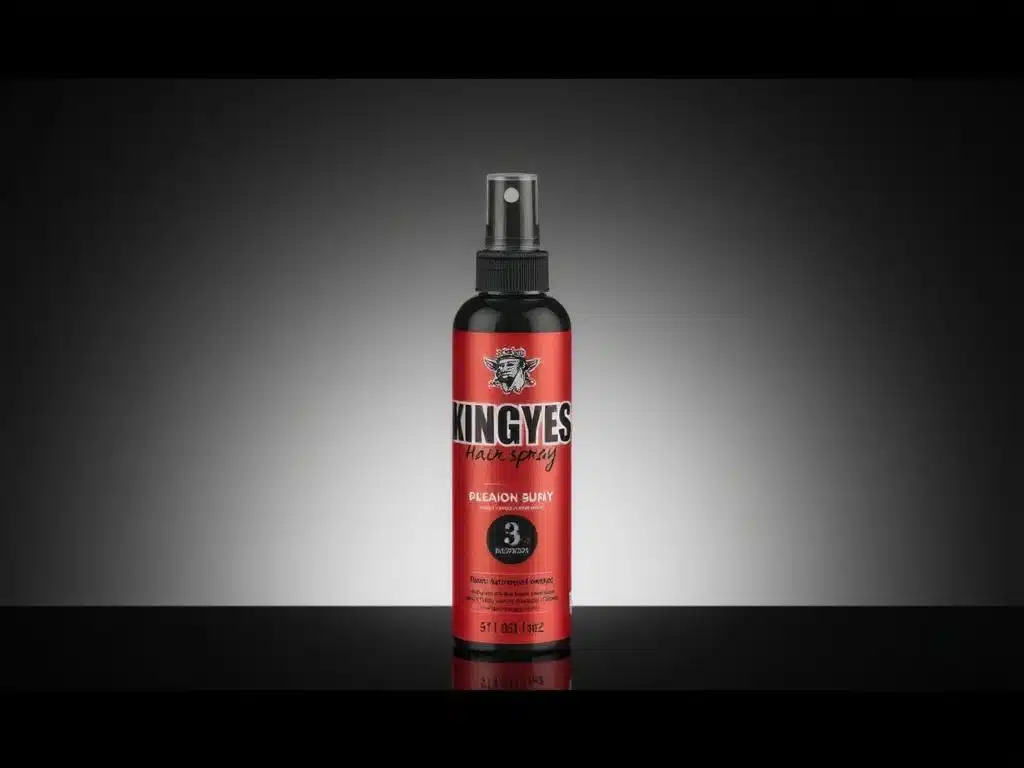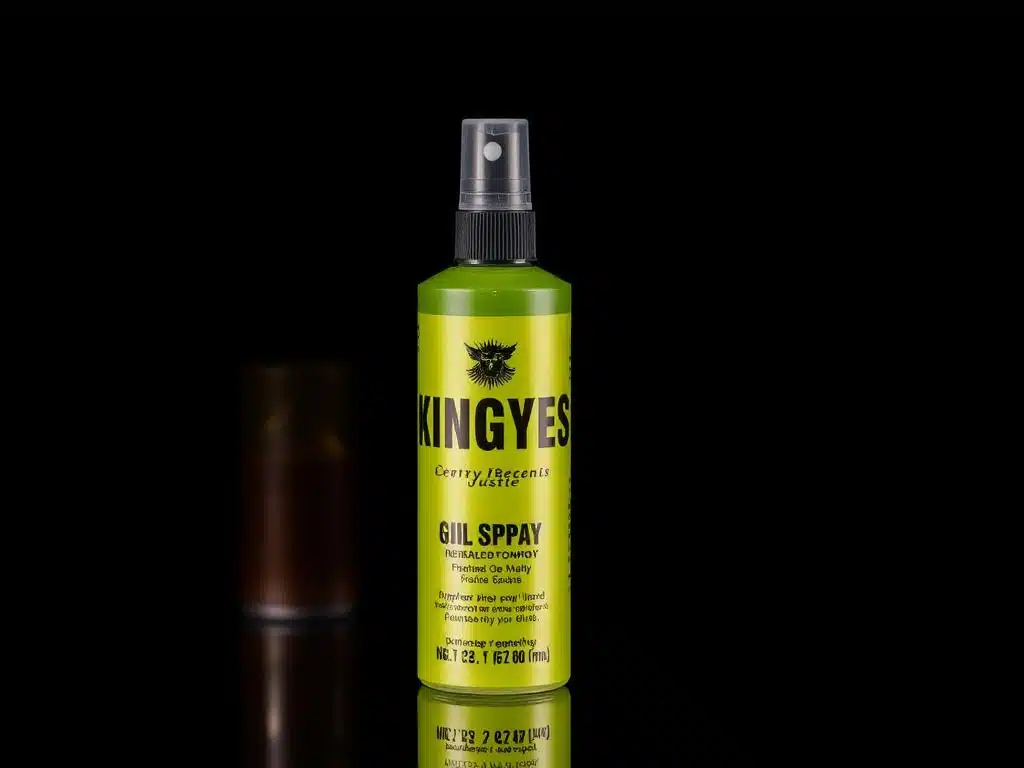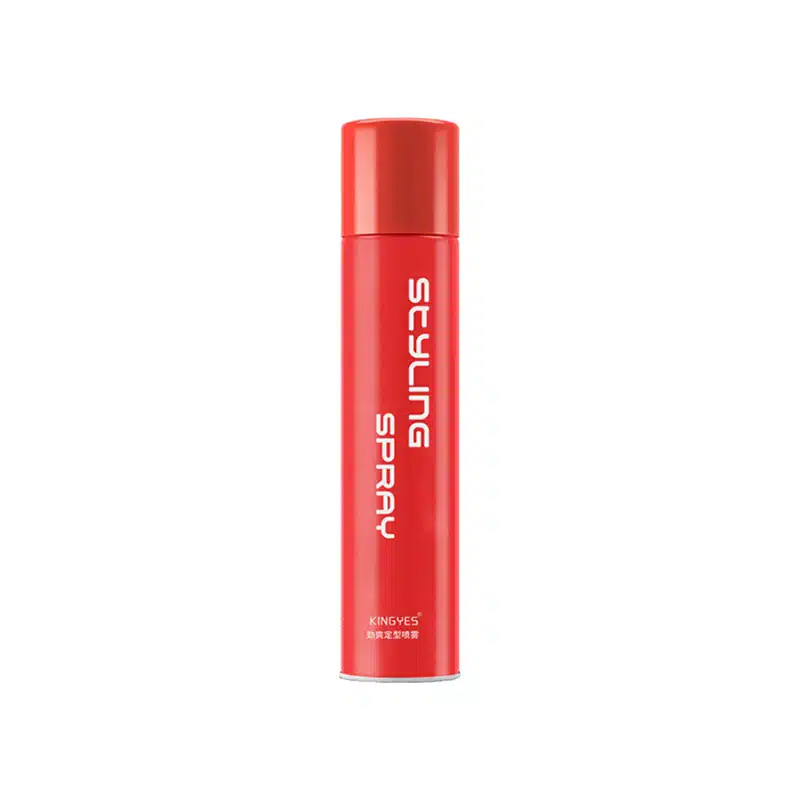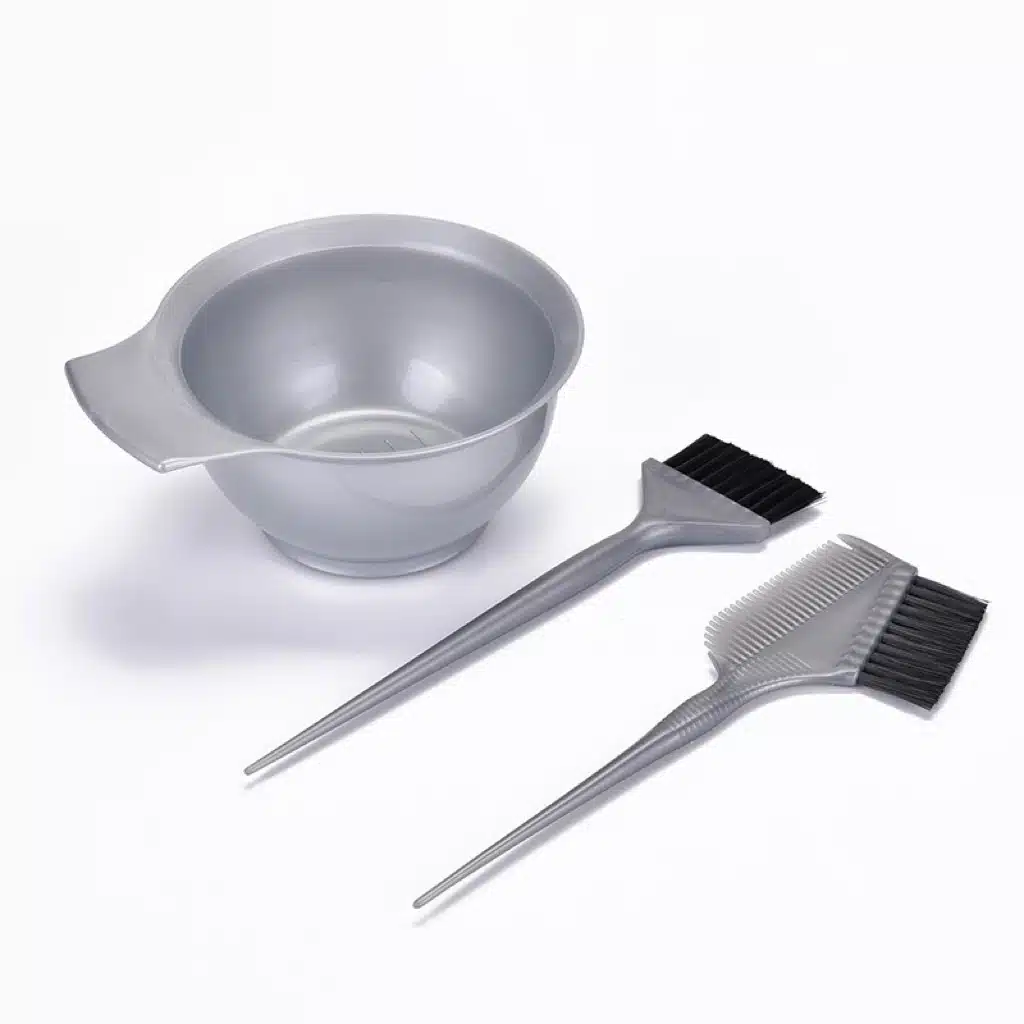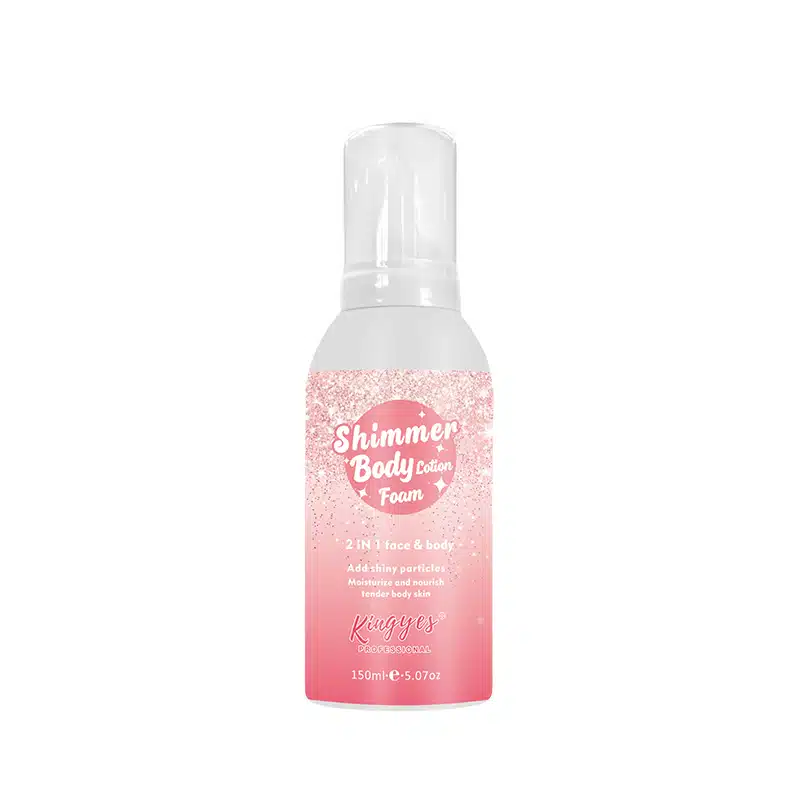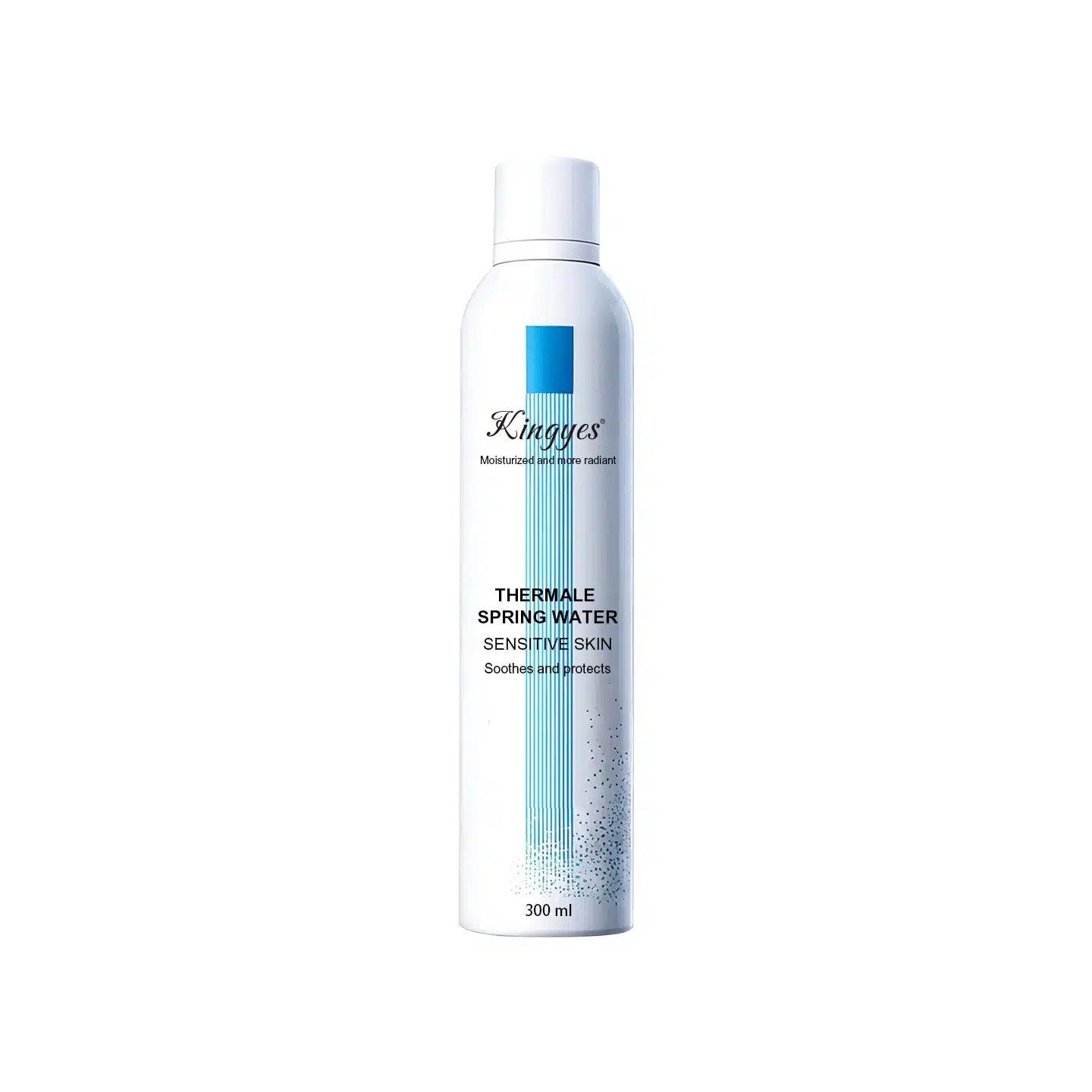
What Is The Main Ingredient In Hair Spray?
Table of Contents
Unlocking the Secrets of Hold: What is the Main Ingredient in Hair Spray?
Hairspray is a staple in many hair care routines, providing the finishing touch to countless hairstyles. But have you ever wondered what makes this spray so effective at keeping your hair in place? This article delves into the fascinating world of hairspray, exploring its key ingredients and how they work together to create that perfect hold. Whether you’re a seasoned hairspray user or simply curious about the science behind this ubiquitous styling product, this comprehensive guide will provide you with a deeper understanding of what’s in the spray bottle and how it all works. We’ll explore the role of polymers, solvents, and propellants in aerosol and non-aerosol formulas, and address common environmental concerns associated with these products.
What is Hairspray and How Does it Work?
Hairspray is a cosmetic product designed to hold hair in place and maintain a desired style. It works by forming a thin, often invisible, film around the hair strands, creating a bond that holds them together. This film can be flexible or stiff, depending on the formulation of the hairspray. Hairspray is commonly used to add volume, control frizz, and keep hairstyles intact throughout the day, even in humid conditions. There are many types of hairspray that cater to different needs, from providing a light, flexible hold to creating a strong, unmovable style.
Hairsprays come in two main types: aerosol and non-aerosol. Aerosol hairsprays use a propellant to dispense the product as a fine mist. Non-aerosol hairsprays typically come in pump sprays and are dispensed as a slightly coarser spray. The choice between aerosol and non-aerosol often comes down to personal preference, but there are some differences in how they work and their environmental impact. The ingredients used in hairsprays are specifically chosen to allow the product to hold hair in place and maintain the desired look.
Polymers: The Foundation of Hairspray’s Hold
Polymers are the primary ingredients responsible for hairspray’s holding power. These large molecules, also known as resins, form a film around the hair strands when the spray dries. This film creates an invisible net that holds the hair in place, preventing it from moving or falling out of style. Some common polymers used in hairsprays include:
- Polyvinylpyrrolidone (PVP): This was one of the first polymers used in hairsprays. PVP provides a strong hold but can be stiff and sticky, especially in humid weather.
- Polyvinyl Acetate (PVA): PVA is often used in combination with PVP to create a more flexible hold. It is less susceptible to humidity than PVP alone.
- Copolymers: These are polymers made up of two or more different monomers. Common copolymers used in hair sprays include PVP/VA, which combines the benefits of both PVP and VA. Another common copolymer is VA/crotonates/vinyl neodecanoate copolymer.
The specific type and concentration of polymer used in a hairspray will determine the strength of the hold and the flexibility of the hair. Hairsprays with a higher concentration of polymers will generally provide a stronger hold but may also feel stiffer. The polymers are what give hairspray the ability to keep it in place. They create an invisible bond between the hairs, holding them in the desired style.
Solvents: Dissolving the Polymers and Creating the Spray
Solvents are essential ingredients in hairspray because they dissolve the polymers, allowing them to be evenly distributed throughout the hair. Without solvents, the polymers would clump together and be impossible to apply as a spray. The most common solvent used in hairsprays is alcohol, specifically ethanol or denatured alcohol. Alcohol is an effective solvent for many polymers, and it evaporates quickly, allowing the hairspray to dry fast. Solvents can also help to reduce the viscosity of the formulation, making it easier to spray.
In addition to alcohol, other solvents may be used in hairspray, such as water or hydrocarbon-based solvents. The choice of solvent will depend on the specific polymers used in the formulation and the desired properties of the hairspray. Water-based hairsprays are often gentler on the hair but may take longer to dry. The solvents are crucial to the hairspray’s ability to work effectively and to achieve the desired results. The solvent allows the spray to be applied as a fine mist, which evenly coats the hair strands.
Propellants: Powering the Aerosol Spray
Propellants are the ingredients that power aerosol hairsprays. They are liquified gases that are stored under pressure in the aerosol can. When the nozzle of the can is pressed, the propellant is released, carrying the hairspray formulation with it as a fine mist. Historically, chlorofluorocarbons (CFCs) were used as propellants in aerosol products, but they were phased out due to their harmful effects on the ozone layer. Today, the most common propellants used in hairsprays are hydrocarbons, such as:
- Butane
- Propane
- Isobutane
- Dimethyl ether
These hydrocarbon propellants are less damaging to the ozone layer than CFCs, but they are still flammable and contribute to air pollution. Propellants are essential to the function of aerosol hairsprays, but they are also the source of many environmental concerns associated with these products. Propellants help to propel the product out of the can and onto the hair. Hydrocarbon propellants replaced CFCs when the harmful nature of CFCs was discovered.
The Role of Additives in Hairspray Formulations
In addition to polymers, solvents, and propellants, hairsprays often contain a variety of additives that enhance their performance, improve their feel on the hair, or add fragrance. These additives can include:
- Plasticizers: These ingredients add flexibility to the polymer film, preventing it from becoming too stiff or brittle. Common plasticizers include silicone derivatives, such as dimethicone, and various types of ester.
- Conditioning agents: These ingredients help to soothe and soften the hair, counteracting the drying effects of the alcohol and polymers. Examples include jojoba oil, argan oil, and vitamin E.
- Neutralizers: These ingredients, such as aminomethyl propanol, help to neutralize the acidity of some polymers, making the hairspray gentler on the hair.
- UV Filters: These ingredients help to protect the hair from damage caused by the sun’s ultraviolet rays.
- Fragrances: These are added to give the hairspray a pleasant scent.
The rest of the ingredients are considered additives and are included to enhance the performance of the hairspray. Many of these additives are included to counteract potential negative effects of the main ingredients. For example, alcohol can be drying, so conditioning agents are added to keep the hair moisturized. The specific additives used in a hairspray will vary depending on the brand and the intended use of the product. Some hairsprays are formulated to provide a strong hold, while others are designed to add shine and moisture.
Aerosol vs. Non-Aerosol Hairsprays: What’s the Difference?
Hairsprays come in two main types: aerosol and non-aerosol. The primary difference between these two types lies in how they are dispensed:
| Feature | Aerosol Hairspray | Non-Aerosol Hairspray |
|---|---|---|
| Dispensing | Uses a propellant to create a fine mist | Typically dispensed via a pump mechanism |
| Spray Pattern | Fine, even mist | Slightly coarser spray, may be less even |
| Drying Time | Generally dries faster due to the fine mist and the rapid evaporation of propellants | May take longer to dry |
| Hold | Can offer a range of holds, from flexible to strong | Can also offer a range of holds, but may feel slightly heavier on the hair |
| Environmental Impact | Propellants can contribute to air pollution, although less so than in the past | Generally considered more environmentally friendly than aerosols |
| Ingredients | Contains propellants, polymers, solvents, and additives | Contains polymers, solvents (often water-based), and additives |
Aerosol hairsprays are known for their fine, even spray pattern, which allows for a more controlled application and a lighter feel on the hair. The propellants used in aerosol sprays also help the product to dry faster. However, aerosol hairsprays have been the subject of environmental concerns due to the propellants. Aerosol hairsprays are often preferred by those who want a light, even application and a fast-drying formulation. Many people prefer the aerosol spray because they do not want to get their hands sticky.
Non-aerosol hairsprays, on the other hand, are generally considered to be more environmentally friendly because they don’t use propellants. They typically come in pump spray bottles and dispense a slightly coarser spray. Non-aerosol hairsprays may take longer to dry than aerosol sprays, and they may feel slightly heavier on the hair. However, they can still provide a range of holds, from flexible to strong. The choice between aerosol and non-aerosol often comes down to personal preference.
Environmental and Health Concerns Associated with Hairspray
Hairspray, particularly aerosol hairspray, has been associated with several environmental and health concerns:
- Air Pollution: The hydrocarbon propellants used in aerosol hairsprays contribute to air pollution by releasing volatile organic compounds (VOCs) into the atmosphere. VOCs can react with other pollutants to form ground-level ozone, which is a major component of smog.
- Ozone Depletion: While modern aerosol hairsprays no longer use CFCs, which were known to deplete the ozone layer, some propellants may still have a minor impact on the ozone. Environmental concerns have pushed many manufacturers to develop more environmentally friendly hairsprays.
- Inhalation Risks: Inhaling hairspray can irritate the lungs and may cause coughing, wheezing, or shortness of breath. Inhalation of large amounts of hairspray can be harmful and may lead to more serious health problems. If you experience these symptoms, you can call poison control at 1-800-222-1222.
- Flammability: Aerosol hairsprays are flammable due to the propellants they contain. It’s essential to use them in a well-ventilated area and keep them away from heat sources or open flames.
- Skin and Eye Irritation: Hairspray can irritate the skin and eyes, especially if it comes into direct contact with these areas.
- Vinyl Chloride Exposure: In the past, some aerosol hairsprays used vinyl chloride as a propellant. Vinyl chloride is a known human carcinogen, and its use in cosmetic products has been banned. However, it is essential to be aware of the potential risks associated with older aerosol products.
It is important to use hairspray as directed and to take precautions to minimize exposure to the spray. If you have concerns about the environmental or health impacts of hairspray, consider using a non-aerosol product or exploring alternative styling products. It is important to be aware of the potential risks associated with hairspray use.
Choosing the Right Hairspray for Your Hair Type and Style
With so many hairsprays on the market, choosing the right one for your hair type and desired style can be overwhelming. Here are some tips to help you make the right choice:
Hair Type:
- Fine Hair: Look for a lightweight hairspray that provides volume and hold without weighing your hair down.
- Thick Hair: Choose a hairspray with a stronger hold to keep your style in place.
- Curly Hair: Opt for a hairspray that enhances curls and controls frizz without making your hair stiff or crunchy.
- Color-Treated Hair: Select a hairspray that is formulated for color-treated hair to help protect your color and prevent fading.
Desired Style:
- Flexible Hold: If you want a natural, touchable style that allows for movement, choose a hairspray with a flexible hold.
- Strong Hold: If you need your style to stay put all day, especially in humid conditions, opt for a hairspray with a strong or extra-strong hold.
- Volumizing: If you want to add volume to your hair, look for a volumizing hairspray that provides lift at the roots.
- Shine-Enhancing: If you want to add shine to your hair, choose a hairspray that is formulated to boost shine.
Application Preference:
- Aerosol: If you prefer a fine, even mist and a fast-drying formula, choose an aerosol hairspray.
- Non-Aerosol: If you prefer a slightly coarser spray and a more environmentally friendly option, opt for a non-aerosol hairspray.
It may take some experimentation to find the perfect hairspray for your needs. Don’t be afraid to try different brands and formulations until you find one that works best for you. You can also ask your hairdresser for recommendations. The hairspray ingredients will vary depending on the brand and the intended use.
A Brief History of Hairspray: From Early Formulas to Modern Innovations
The concept of using a spray to hold hair in place dates back to ancient civilizations, but modern hairspray as we know it today was developed in the mid-20th century. Here’s a brief overview of its evolution:
- Early 1900s: Hair lacquers were used, typically applied with a brush. These were often shellac-based and quite stiff.
- 1940s: The first aerosol hairspray was invented, using CFCs as propellants. The invention of the aerosol can revolutionized the hair care industry, making it possible to dispense a variety of products, including hairspray, as a fine mist. The first polymers were also used in this period.
- 1950s: Hairspray became a staple in many households, used to create and maintain the elaborate hairstyles of the era, such as beehives and bouffants. Hairspray became synonymous with the glamour and fashion of the time.
- 1970s: Concerns about the environmental impact of CFCs led to their ban in many countries. The hairspray industry had to reformulate their products, using alternative propellants like hydrocarbons.
- 1980s-Present: Hairspray formulations continued to evolve, with the development of new polymers, solvents, and additives to provide a wider range of holds, finishes, and benefits. Non-aerosol hairsprays also gained popularity.
The history of hairspray is a story of innovation and adaptation, driven by both fashion trends and scientific advancements. The first hairsprays were very different from the products on the market today.
The Future of Hairspray: What’s Next for This Styling Staple?
The hairspray industry continues to evolve, with ongoing research and development focused on creating more effective, environmentally friendly, and user-friendly products. Some potential future trends in hairspray include:
- Sustainable Formulas: We can expect to see more hairsprays that use sustainable and biodegradable ingredients, as well as more eco-friendly packaging.
- Multifunctional Products: Hairsprays that offer multiple benefits, such as heat protection, UV protection, and color protection, are likely to become more popular. These hairsprays will need to contain ingredients like UV filters to provide this protection.
- Advanced Polymers: Research into new polymers that provide stronger, longer-lasting hold without stiffness or stickiness is ongoing.
- Water-Based Formulas: Non-aerosol hairsprays that use water-based formulations are likely to continue to gain popularity, as they are often gentler on the hair and the environment.
- Smart Hairsprays: In the future, we may even see “smart” hairsprays that can sense the hair’s needs and adjust their hold and other properties accordingly.
- Personalized Formulas: Customizable hairsprays that can be tailored to individual hair types and styling needs may become a reality.
The future of hairspray is likely to be shaped by a combination of factors, including consumer demand, technological advancements, and environmental concerns. The hairspray of the future may be very different from the products we use today.
Key Things to Remember:
- Hairspray is a cosmetic product designed to hold hair in place and maintain a desired style.
- Polymers are the main ingredients responsible for hairspray’s hold. Common polymers include PVP, PVA, and various copolymers.
- Solvents, such as alcohol, dissolve the polymers and allow the hairspray to be applied as a spray.
- Propellants, such as butane, propane, and dimethyl ether, are used in aerosol hairsprays to dispense the product as a fine mist.
- Additives like plasticizers, conditioning agents, and fragrance enhance the performance and feel of hairspray.
- Aerosol hairsprays use propellants to create a fine mist, while non-aerosol hairsprays typically use a pump mechanism.
- Hairspray has been associated with environmental concerns, such as air pollution and ozone depletion, as well as health concerns, such as inhalation risks.
- Choosing the right hairspray depends on your hair type, desired style, and application preference.
- The history of hairspray dates back to the mid-20th century, with the invention of the aerosol can and the use of CFCs as propellants.
- The future of hairspray may include more sustainable formulas, multifunctional products, advanced polymers, and even personalized formulations.
Comments
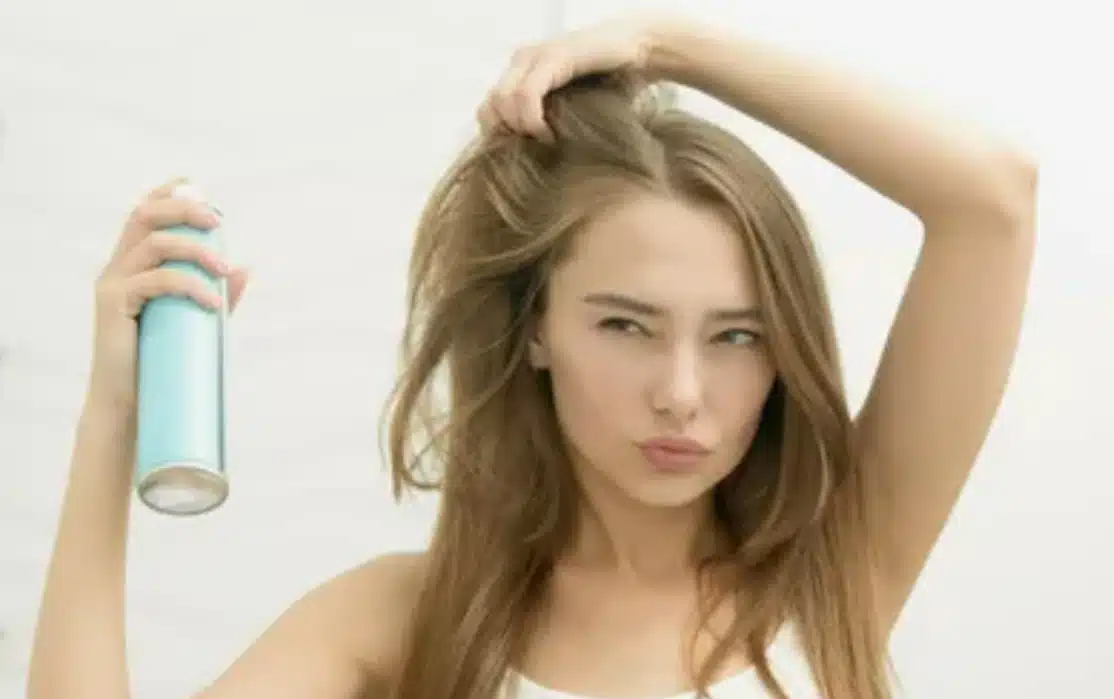
What Is The Propellant In Dry Shampoo?
Ever wondered what is the propellant in dry shampoo and how it affects your hair?
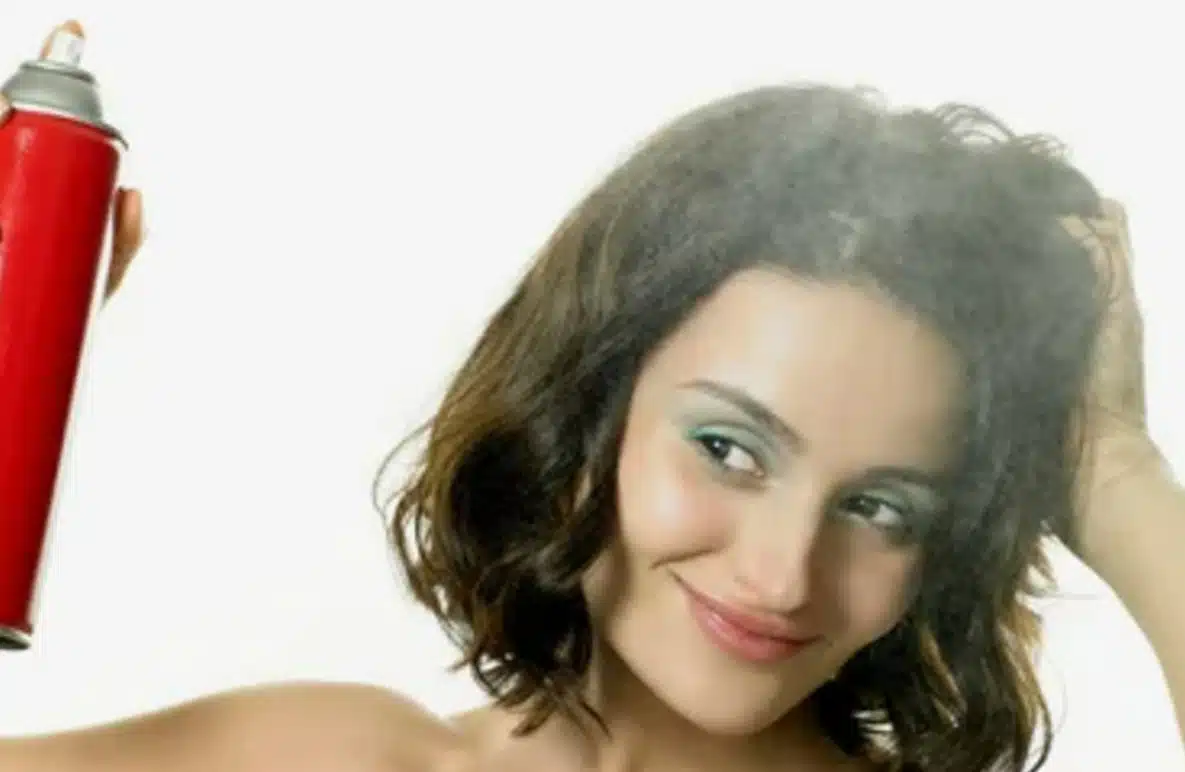
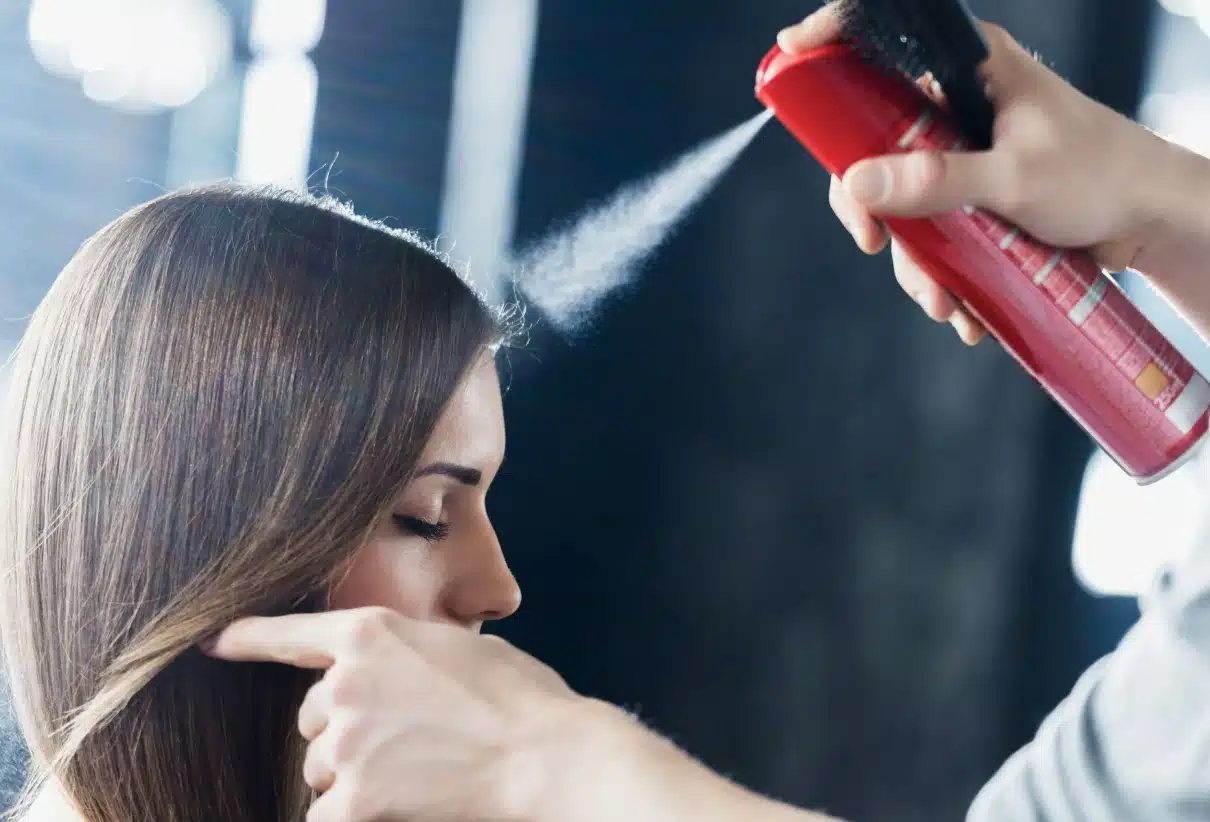
What Is Hair Styling Used For?
Ever wondered what hair styling is used for and how sprays can transform your look?
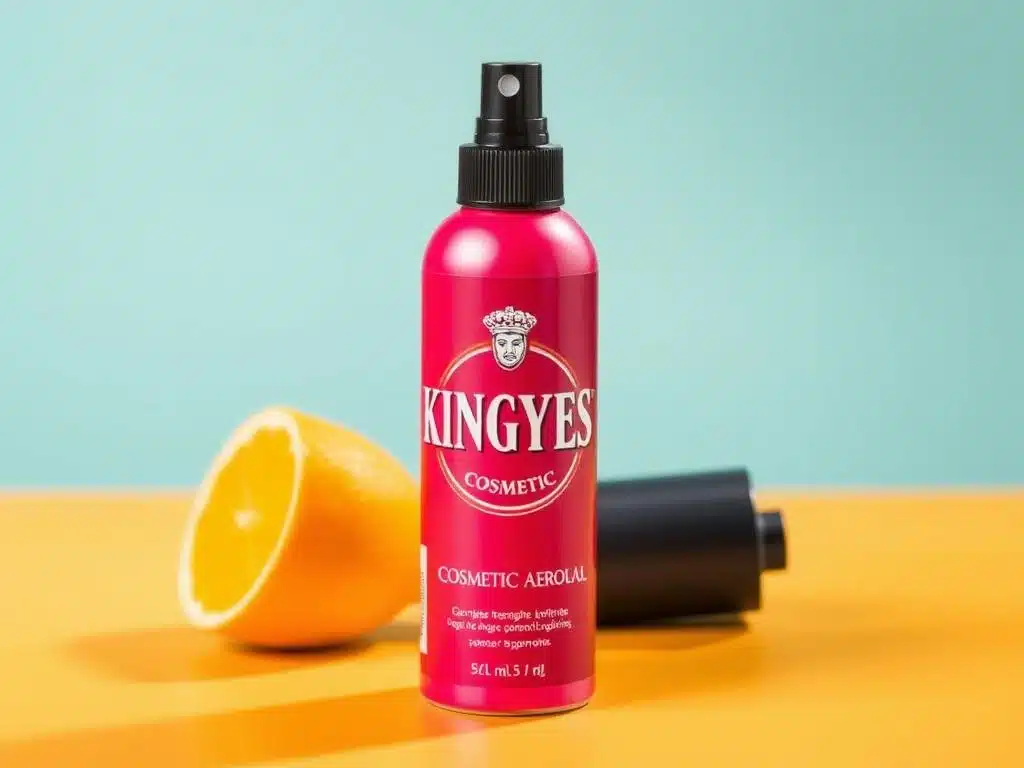
How To Sell Cosmetics On Alibaba?
Alibaba.com, the world’s largest B2B (business-to-business) e-commerce platform, connects suppliers with buyers from around the globe, offering unprecedented opportunities for businesses to expand their reach and source products.
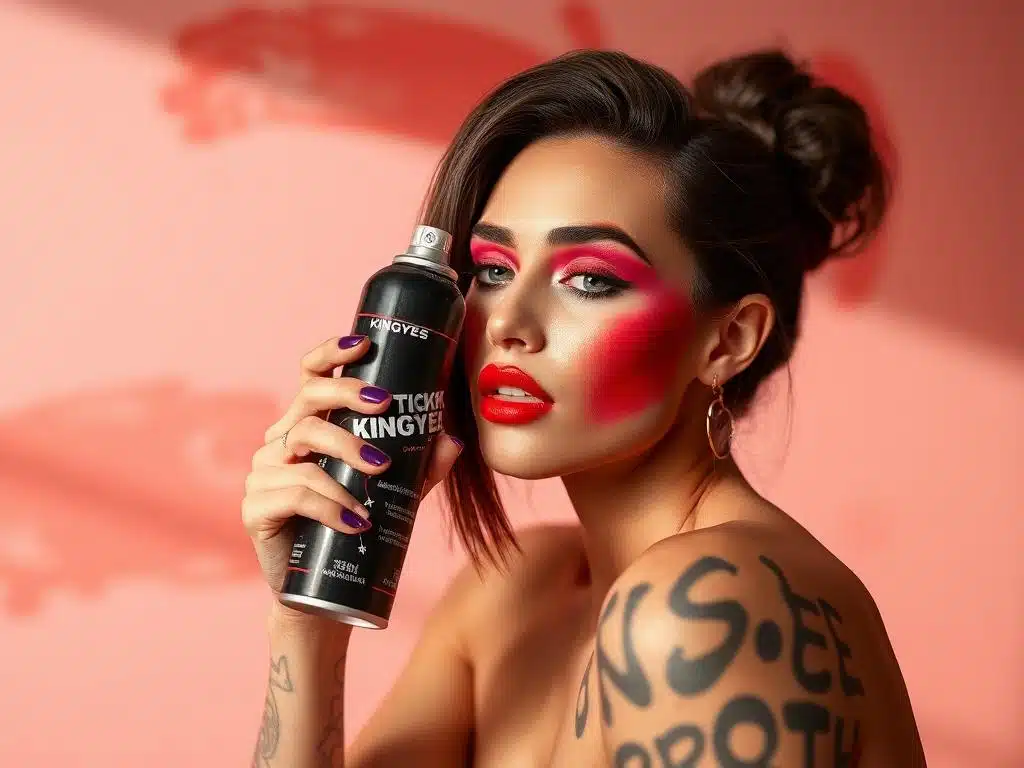
How To Sell Cosmetics On Noon?
Noon, a leading e-commerce platform in the Middle East, particularly in the UAE, KSA (Saudi Arabia), and Egypt, offers a significant opportunity for businesses looking to reach a growing online customer base.
- +86 151 1839 7303
- [email protected]
- Mon-Sun 07:00-23:00
Tags
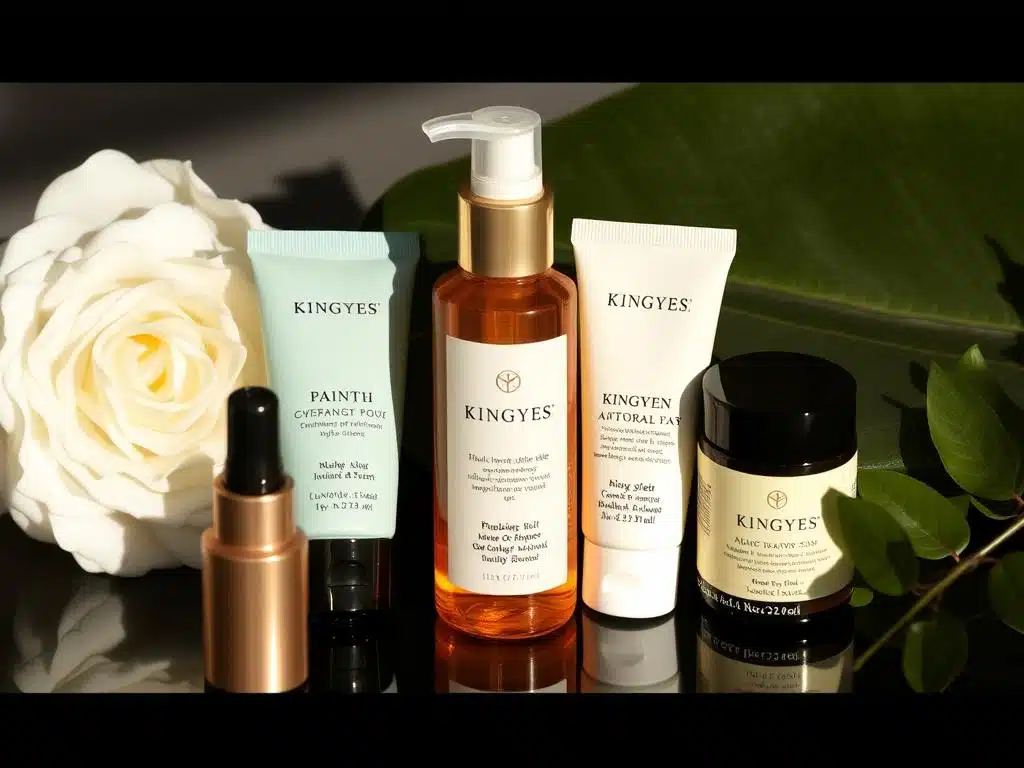
How To Sell Cosmetics On WeChat?
Are you ready to tap into the world’s largest beauty market?

How To Sell Cosmetics On Shopee?
Looking to sell cosmetics and tap into the booming e-commerce market of Southeast Asia?
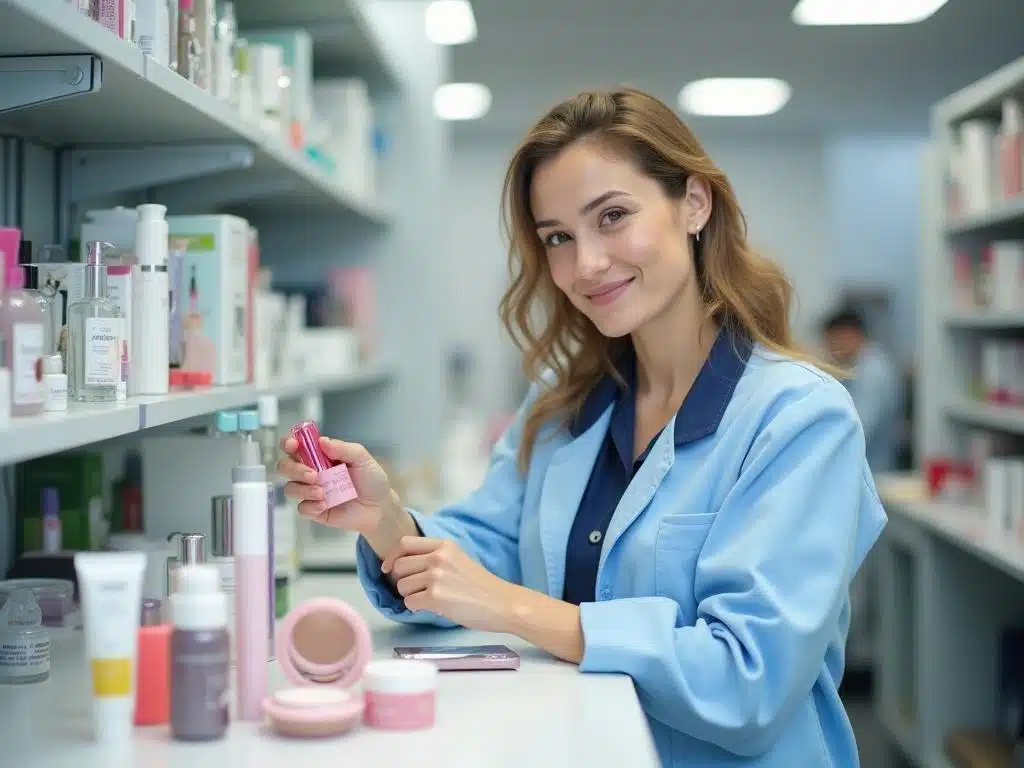
How To Cooperate With Cosmetics Factories?
In the dynamic and competitive beauty industry, partnering with the right cosmetic manufacturer is paramount to the success of your cosmetics business.

